Alocasia Tiny Dancer Elephant Ear Plant
Alocasia Tiny Dancer is an unusual and captivating hybrid plant, bred from Alocasia brisbanensis and Alocasia odora. With its upright stems and petite, rounded leaves that seem to dance in the air, this delightful plant brings an elegant touch to any space. Its compact size makes it ideal for small rooms, tabletops, or shelves, adding a unique sculptural element to your plant collection.
Alocasia Tiny Dancer Care: Troubleshooting for Alocasia Tiny Dancer
Alocasia Tiny Dancer is an unusual and eye-catching houseplant that brings a unique charm to any indoor space. While it’s generally easy to care for, this plant can experience issues if not given the right environment. Here are some common problems and solutions to keep your Alocasia Tiny Dancer thriving.
Why are my Alocasia Tiny Dancer’s leaves dying?
Problem: If the leaves are dying, it may be due to improper watering, lighting, or humidity levels.
Solution:
- Watering: Overwatering or underwatering are common causes of leaf decline. Water when the top inch of soil feels dry, ensuring the soil remains moist but never waterlogged.
- Humidity: Low humidity can stress the plant, leading to leaf drop. Alocasia Tiny Dancer thrives in a humid environment, so consider placing it in a bathroom or kitchen, or use a humidifier.
- Natural leaf loss: It’s common for older leaves to die off as new ones grow. If no new leaves are emerging, and the plant is only losing leaves, it could indicate a care issue or environmental stress.
- Light: Ensure the plant is receiving bright, indirect light. Avoid direct sunlight, which can scorch the leaves, and ensure it’s not placed in too dark a location.
Why did my Alocasia Tiny Dancer die? (Understanding Dormancy)
Problem: If your Alocasia Tiny Dancer seems to have died, it may be going through a dormancy period, especially during cooler months. Dormancy can result in leaf loss and halted growth.
Solution:
- Dormancy: This natural process helps the plant conserve energy. During dormancy, reduce watering but keep the soil slightly moist, and avoid fertilising. Place the plant in a warm area with bright, indirect light.
- Preventing dormancy: To minimize dormancy, keep the plant in warm temperatures (18°C-24°C) with good light and humidity during the winter months.
- Don’t worry—once spring arrives, your Alocasia Tiny Dancer will usually start producing new growth again.
Why are my Alocasia Tiny Dancer’s leaves turning brown?
Problem: Browning leaves are often caused by low humidity, overwatering, or exposure to direct sunlight.
Solution:
- Humidity: Alocasia Tiny Dancer prefers a humid environment. If the air is too dry, leaf edges may brown. Increase humidity by misting the plant or grouping it with other plants.
- Watering: Overwatering can lead to root rot, which causes browning leaves. Water only when the top inch of soil is dry, and ensure the pot has proper drainage.
- Sunlight: Direct sunlight can cause leaf burn, leading to browning. Place the plant in a spot with bright, indirect light.
- Pests: Check for pests like spider mites, which can damage the leaves. If present, treat the plant with insecticidal soap or an appropriate pest control solution.
Why are the stems and/or roots brown, soft, and soggy?
Problem: Brown, soft, and soggy stems or roots are signs of root rot, typically caused by overwatering or poor drainage.
Solution:
- Inspect the roots: Gently remove the plant from its pot and examine the roots. Healthy roots should be white and firm, while rotting roots will be brown and mushy.
- Pruning: Use sterilized scissors to trim away any rotting roots.
- Repot: Repot your Alocasia Tiny Dancer in fresh, well-draining soil and ensure the pot has drainage holes.
- Adjust watering: Only water when the top inch of soil is dry, and always ensure excess water can drain from the pot. During dormancy, reduce watering, as the plant requires less moisture when not actively growing.
By carefully monitoring your Alocasia Tiny Dancer’s watering, humidity, and lighting conditions, you can avoid most common issues. Remember, older leaves naturally die off as new growth emerges, but if you see no new growth and only dying leaves, it’s time to reassess its care. With the right environment and attention, your Alocasia Tiny Dancer will continue to thrive and show off its stunning, unique foliage.
- How often should I water my Alocasia Tiny Dancer to maintain optimal health?
- Water when the top couple of inches of soil are dry, but be careful not to overwater. This typically means watering once every week or two, depending on environmental conditions like heat and humidity.
- Is the Alocasia Tiny Dancer suitable for beginners, and what are the main care tips?
- Yes, it’s quite suitable for beginners. Key care tips include keeping it in bright, indirect light, maintaining high humidity around 60% – 75%, and ensuring the room temperature stays between 15°C and 25°C.
- Can I place my Alocasia Tiny Dancer in a terrarium?
- Yes, its compact size and humidity requirements make it perfect for terrarium settings. Ensure the terrarium is well-ventilated and has sufficient indirect light to keep your plant healthy.
☀️ Light
☀️☀️▫️ (Medium)
The Alocasia Tiny Dancer flourishes under bright, indirect light. Avoid direct sunlight to prevent leaf scorch, and ensure it’s not too shaded, as insufficient light can stunt growth.
💧 Water
💧💧▫️ (Medium)
Water your Alocasia Tiny Dancer when the top couple of inches of soil feel dry. Be mindful not to overwater, as this can lead to root rot. Ensure the pot allows for proper drainage to prevent waterlogging.
🌡️ Temperature
🌡️🌡️▫️ (Average)
This plant prefers a comfortable room temperature between 15°C and 25°C. Avoid placing it in draughty areas or near heat sources which can cause temperature fluctuations harmful to the plant.
💦 Humidity
💦💦💦 (High)
Alocasia Tiny Dancer thrives in humid conditions, ideally between 60% and 75%. If your home is dry, especially during winter, consider using a humidifier or placing the plant in naturally humid rooms like kitchens or bathrooms.
🪴 Repotting
Alocasia Tiny Dancer should be repotted every 2-3 years or when it outgrows its pot. Use a well-draining soil mix to ensure health and growth. Spring is the best time for repotting to give the plant a fresh start during its active growing season.
🐾 Pet Friendliness
Be cautious as Alocasia plants can be toxic if ingested by pets. It’s best to keep this plant out of reach of curious cats and dogs.
✅🪴 Recommended Locations at Home
This plant is a perfect addition to well-lit kitchens, bathrooms, or any space where its high humidity needs can be met. It’s also an excellent decorative plant for bright desks and shelves.
🌬️🪴 Air Purifying
Alocasia Tiny Dancer is known for its air-purifying qualities, making it not just a decorative piece but also a functional addition to your home, helping to improve indoor air quality.
✨ Other Plant Features
Besides its charm and air-purifying capabilities, Alocasia Tiny Dancer is also appreciated for its fast growth and ease of care, making it a rewarding choice for plant enthusiasts.
If you have more questions or need specific advice, feel free to ask our Mossbot or contact us via our website. Don’t forget, we also offer a free plant hospital service if your Alocasia Tiny Dancer needs extra care!

Free Care Guide With Every Purchase
Scan the plant pot QR for instant access to our care guide for your plant. No hassle, no stress, just healthy and happy plants.
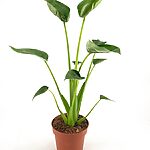 Alocasia Tiny Dancer Elephant Ear Plant
Alocasia Tiny Dancer Elephant Ear Plant



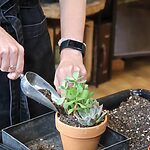
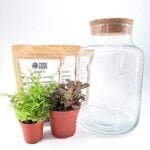
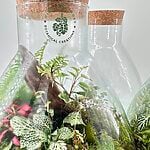
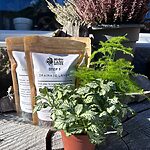

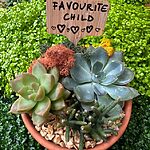
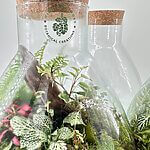


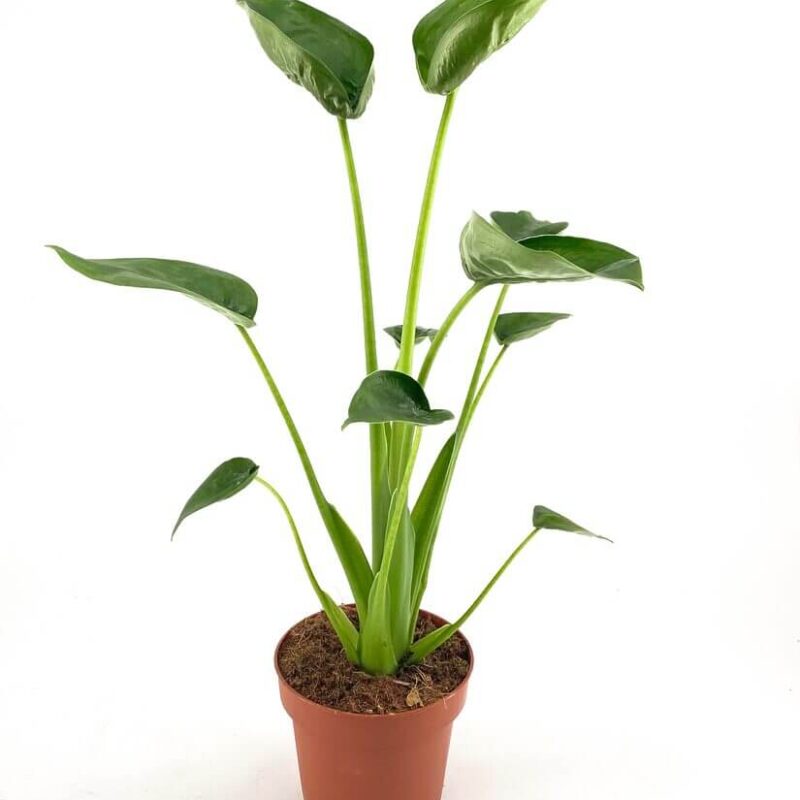
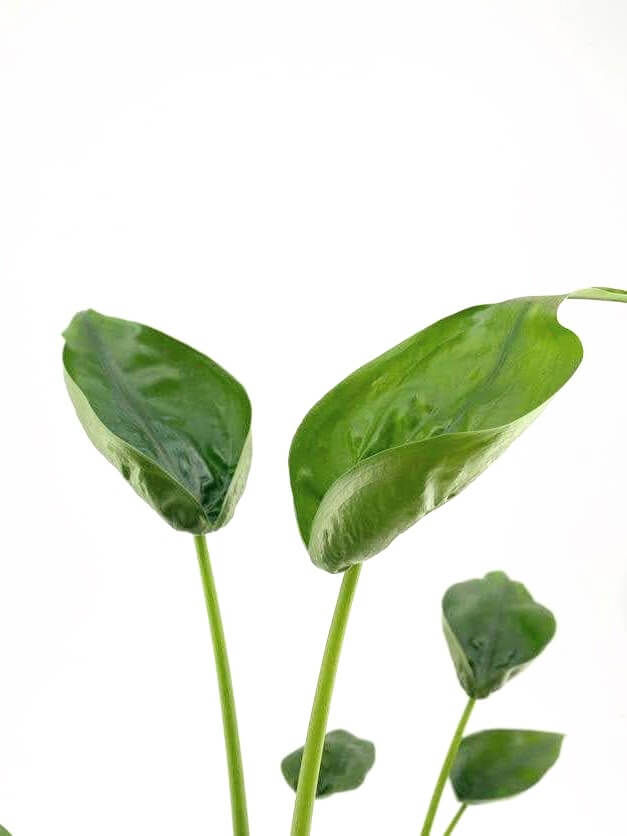
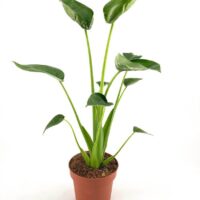
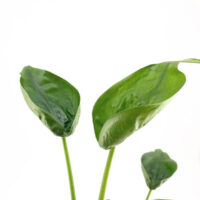
Reviews
There are no reviews yet